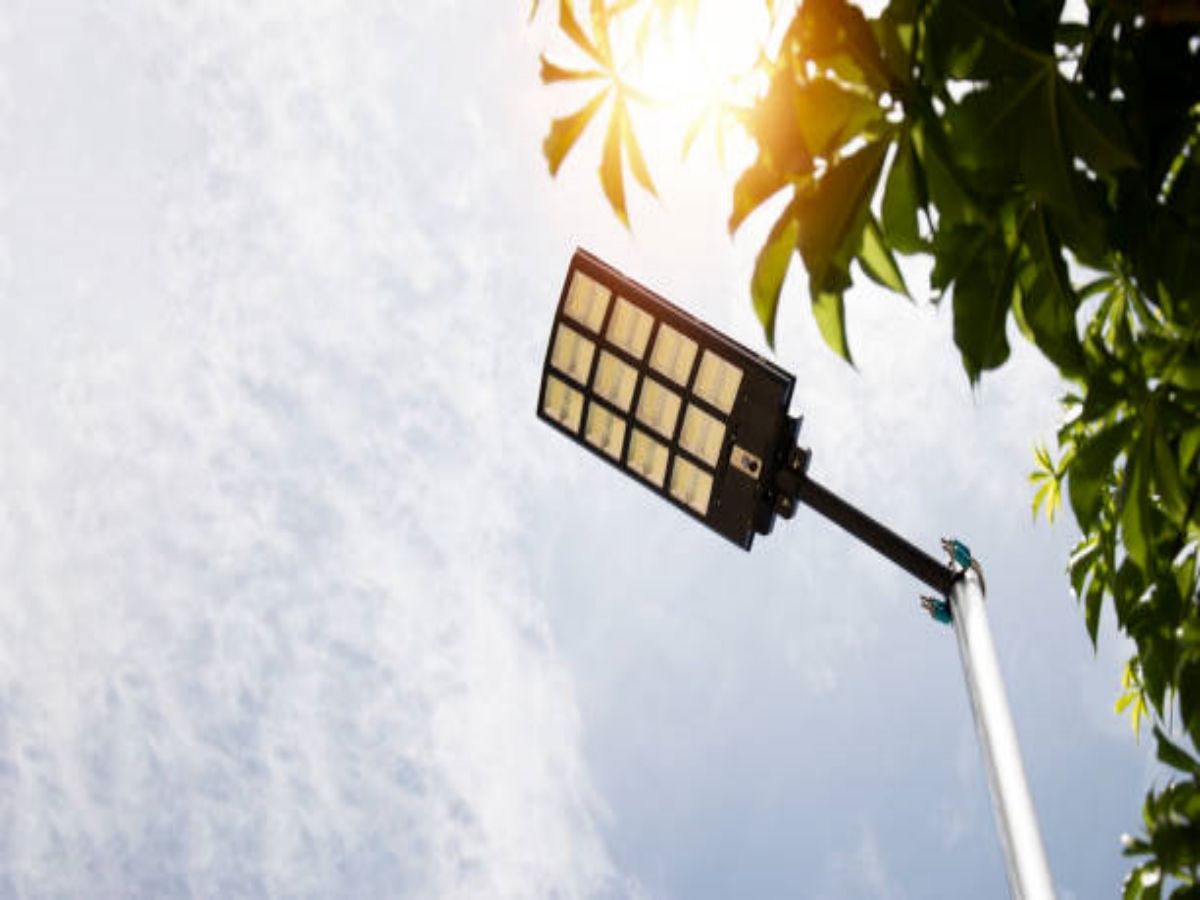How to Make a Rotating Electrical Connector: A Comprehensive Guide
Introduction
A rotating electrical connector, also known as a slip ring or rotary electrical interface, is a crucial component in various applications that require the transfer of electrical signals or power between stationary and rotating parts. In this comprehensive guide, we will explore the step-by-step process of creating a rotating electrical connector, covering everything from understanding the basic principles to assembling the final product.
1. Understanding the Basic Principles of a Rotating Electrical Connector
A rotating electrical connector is designed to allow the transmission of electrical signals, data, or power between a stationary and a rotating part. It consists of two main components: the stator and the rotor. The stator is the stationary part, typically mounted on the fixed structure, while the rotor is attached to the rotating part. The key principle behind a rotating electrical connector is to maintain continuous electrical connection while allowing rotation.
2. Selecting the Right Materials and Components
Choosing the appropriate materials and components is crucial for building a reliable and efficient rotating electrical connector. The selection process should take into consideration factors such as the application requirements, electrical specifications, environmental conditions, and expected lifespan of the connector. Common materials used for slip rings include copper alloy, gold alloy, and silver alloy, depending on the specific needs of the application.
3. Designing the Electrical Circuit
Before proceeding with the physical construction, it is essential to design the electrical circuit of the rotating electrical connector. This involves determining the number of conductive rings and brushes required, as well as their arrangement and wiring configuration. The circuit design should ensure proper electrical continuity and minimize electrical noise or interference.
4. Fabricating the Stator and Rotor
Once the circuit design is finalized, the next step is to fabricate the stator and rotor components. This process involves shaping and machining the selected materials, ensuring precise dimensions and tolerances to achieve smooth rotation and optimal electrical contact. Advanced manufacturing techniques such as CNC machining or precision casting may be employed for higher accuracy.
5. Installing Brushes and Conductive Rings
The brushes and conductive rings are essential elements that enable the transfer of electrical signals or power. The brushes, usually made of carbon or graphite, make contact with the conductive rings on the rotor, ensuring electrical continuity. Careful installation of the brushes and conductive rings is necessary to maintain reliable and consistent electrical contact throughout the rotation.
6. Assembling and Securing the Components
After all the individual components are prepared, the next step is to assemble them into a complete rotating electrical connector. The stator and rotor are carefully aligned and fitted together, ensuring proper alignment of the brushes with the conductive rings. Depending on the design and application requirements, additional securing methods such as fasteners or adhesives may be employed to enhance the structural integrity.
7. Testing and Quality Assurance
Once the rotating electrical connector is fully assembled, it is crucial to conduct thorough testing and quality assurance procedures. This includes checking for proper electrical continuity, insulation resistance, and mechanical integrity. Specialized testing equipment and techniques are used to verify the performance and reliability of the connector before it can be deemed ready for use.
8. Integration and Application Considerations
Before integrating the rotating electrical connector into the intended application, it is essential to consider various factors specific to the application requirements. These may include factors such as environmental conditions, temperature range, speed of rotation, and the type of signals or power being transmitted. Proper integration ensures optimal performance and longevity of the rotating electrical connector.
9. Maintenance and Care
To ensure the long-term reliability and functionality of the rotating electrical connector, regular maintenance and care are essential. This includes periodic inspections, cleaning, lubrication, and replacement of worn-out brushes or damaged components. Following the manufacturer's guidelines and recommended maintenance practices will help maximize the lifespan and performance of the connector.
10. Exploring Advanced Features and Applications
While the basic principles and construction of a rotating electrical connector have been covered in this guide, it is worth mentioning that there are advanced features and specialized applications that may require additional knowledge and expertise. These may include features such as Ethernet transmission, fiber optic connectivity, or high-speed data transfer. Exploring these advanced features can open up new possibilities for various industries.

